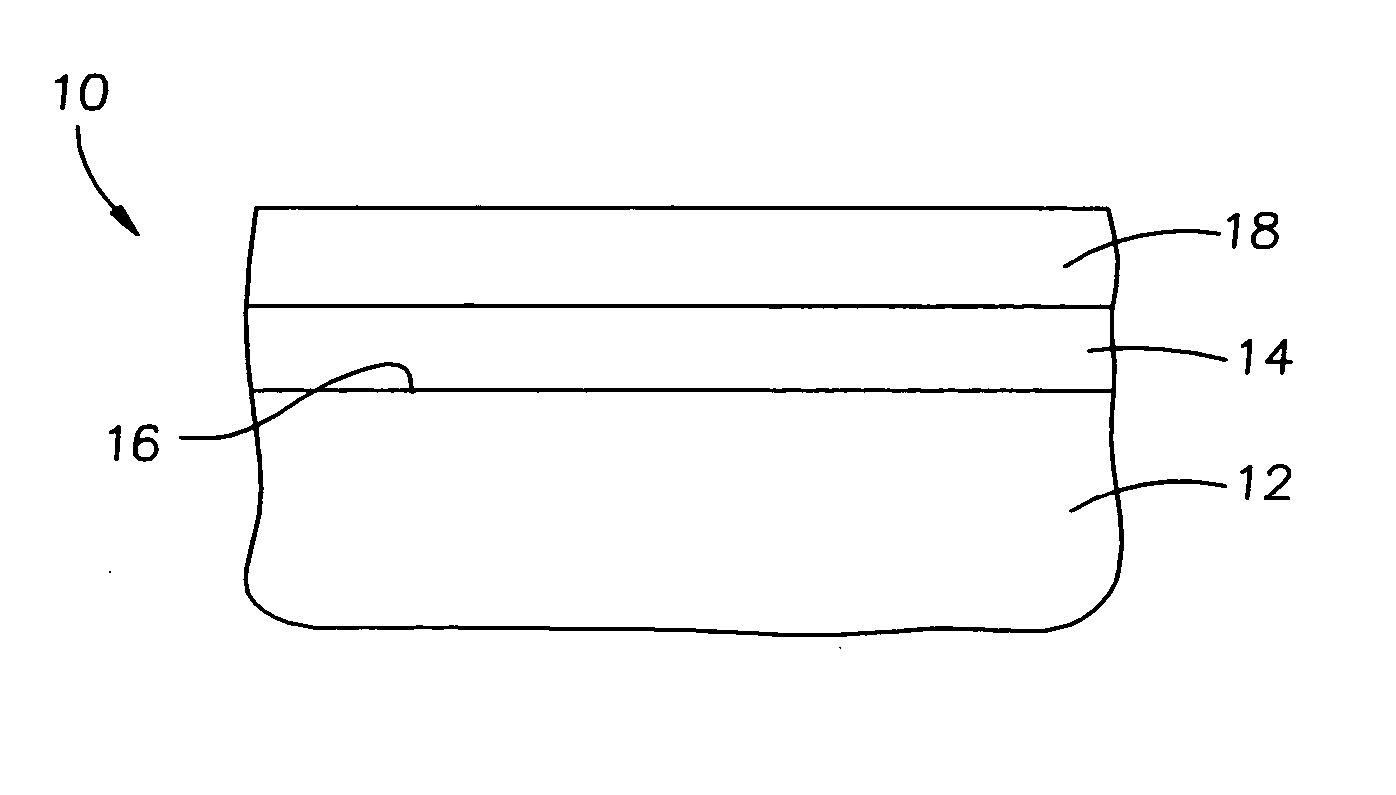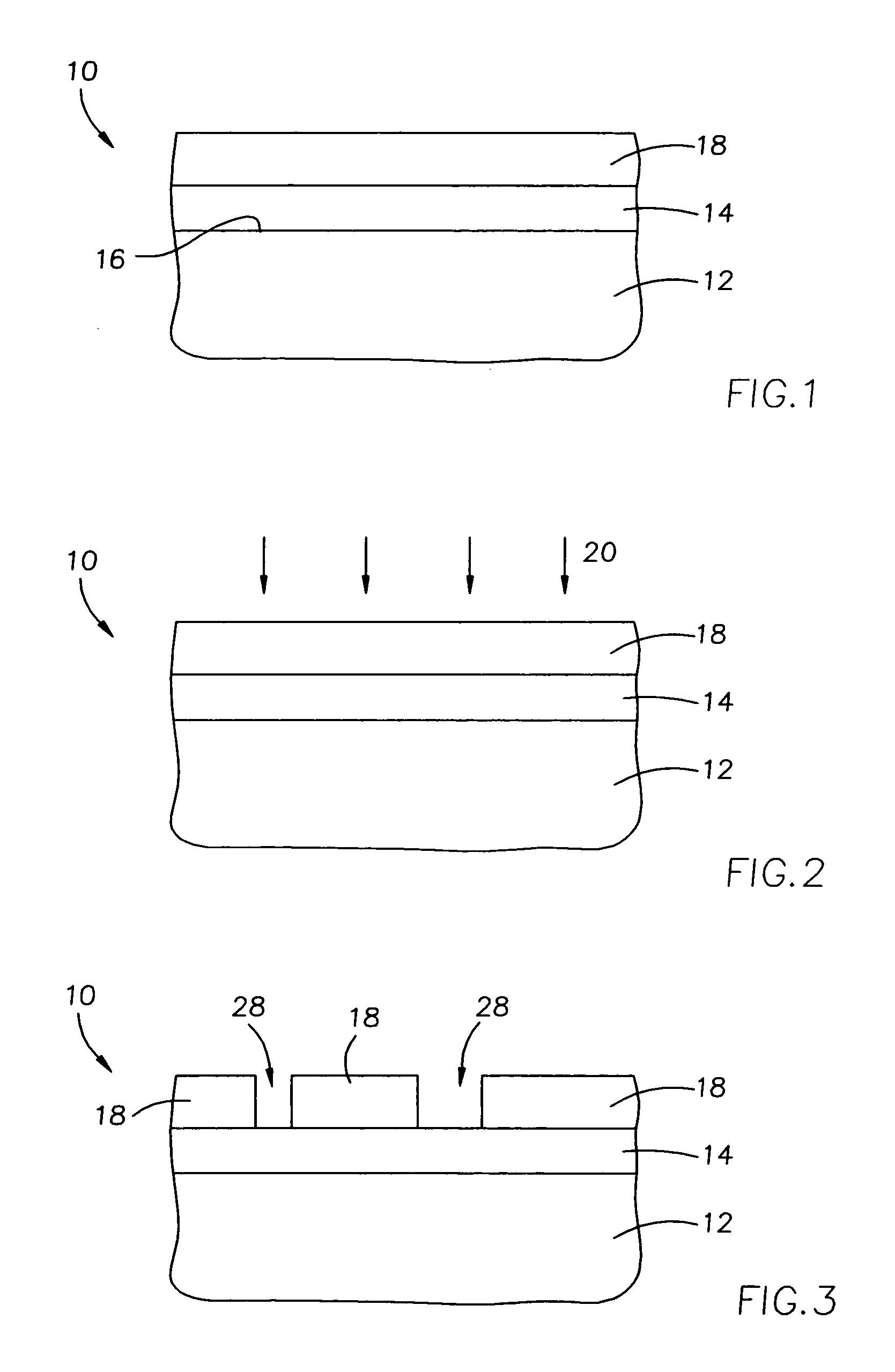Method to recover the exposure sensitivity of chemically amplified resins from post coat delay effect
a technology of delay effect and exposure sensitivity, which is applied in the field of semiconductor processing methods, can solve the problems of increasing data volume, changing stability and radiation dose sensitivity, and increasing the requirement for critical dimension control and throughput on photomask manufacture, etc., and achieves the effect of reducing the shelf life of ca resists or prolonging the shelf life of ca resists
- Summary
- Abstract
- Description
- Claims
- Application Information
AI Technical Summary
Benefits of technology
Problems solved by technology
Method used
Image
Examples
Embodiment Construction
[0025] The invention will be described generally with reference to the drawings for the purpose of illustrating the present preferred embodiments only and not for purposes of limiting the same. The figures illustrate processing steps for fabricating photomask in accordance with the present invention. It should be readily apparent that the processing steps are only a portion of the entire fabrication process.
[0026] In the current application, the terms “semiconductive substrate”, “semiconductor substrate”, “wafer fragment” or “wafer” will be understood to mean any construction comprising semiconductive material, including but not limited to bulk semiconductive materials such as a semiconductor wafer (either alone or in assemblies comprising other materials thereon), and semiconductive material layers (either alone or in assemblies comprising other materials). The term “substrate” refers to any supporting structure, including, but not limited to, the semiconductive substrates describ...
PUM
| Property | Measurement | Unit |
|---|---|---|
| temperature | aaaaa | aaaaa |
| temperature | aaaaa | aaaaa |
| temperature | aaaaa | aaaaa |
Abstract
Description
Claims
Application Information
 Login to View More
Login to View More - Generate Ideas
- Intellectual Property
- Life Sciences
- Materials
- Tech Scout
- Unparalleled Data Quality
- Higher Quality Content
- 60% Fewer Hallucinations
Browse by: Latest US Patents, China's latest patents, Technical Efficacy Thesaurus, Application Domain, Technology Topic, Popular Technical Reports.
© 2025 PatSnap. All rights reserved.Legal|Privacy policy|Modern Slavery Act Transparency Statement|Sitemap|About US| Contact US: help@patsnap.com



